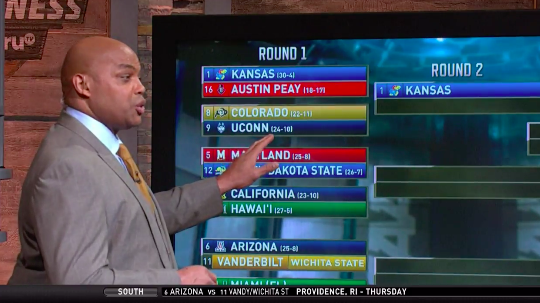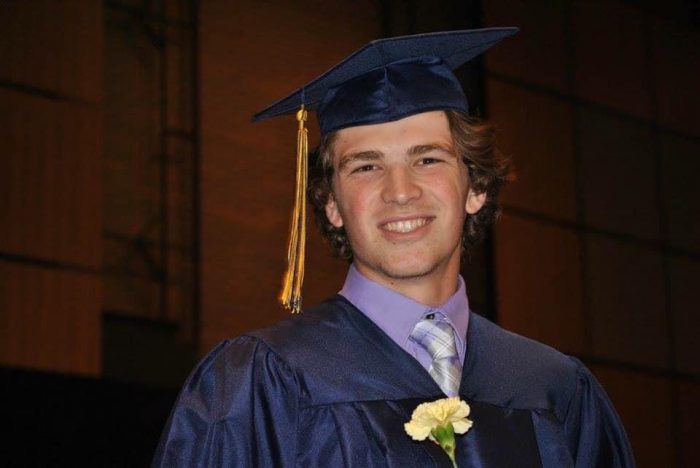
The NCAA Selection Show …. so where do we start with that train wreck?
Actually, let’s start at the beginning. The opening of the show. As promised, all 68 teams in the field were announced alphabetically.
I didn’t hate that idea in principle – as a St. Bonaventure fan, it was nice to know early on that my school had made the field (even if, alphabetically, we come before Seton Hall). But the show started with between 7-10 minutes of Greg Gumble and Ernie Johnson unveiling, one-by-one, the 32 automatic bids.
Let that sink in for a minute. They spent tine unveiling, one at a time, teams that were already in the tournament. Nobody is tuning into to see the automatic bids. They are tuning in to see the at-large teams and the brackets.
The entire selection show was broken by Turner Sports and the NCAA. It’s indicative of a broken selection process.
The way the NCAA Selection Committee picks the tournament field is broken, and the way sports journalists cover it is broken.
First, the selection process. Look, it’s set up to favor teams from the Power 5 conferences. It just is. We can call it unfair all we want, but that’s reality. You can look at the number of mid-major at-large bids that have been given over the past 5-10 years and see a sharp decline. Ever since VCU, Butler and Wichita State made their runs, the selection committee has picked fewer mid majors and more power conference teams. You’ll never convince me that’s a coincidence.
The main problem is the criteria used. Look, my school made it, so I am in love with the selection committee this year. But it’s hard to argue that there’s a consistent criteria being applied. It seems to vary from year to year. Strength of schedule seems to be a constant, which is fine, but that also automatically favors Power 5 conference teams who get boosts from mandatory conference games.
At its worst, it always feels like the Selection Committee makes decisions and then finds a metric to justify it, rather than the other way around.
Which leads to the coverage of the selection process.
Think about the coverage leading up to Selection Sunday. Who are you reading? Jerry Palm. Joe Lunardi. Incredibly nice, incredibly talented men. But at the end of the day, they’re guessing. There’s a reason why most brackets had St. Bonaventure in the main draw, not tonight’s play-in game. There’s a reason why Lunardi has missed on Syracuse at least two years in a row. They’re guessing. They’re making logical, rational picks, but they are mere predictions. Once the bracket is out, people complain. The experts kind of shrug their shoulders and accept the committee’s judgments, and everyone moves on.
Once the selection process happens, you know the drill. We talk about who got snubbed. We complain about seeding. We wonder why Arizona State made it instead of Notre Dame, why Oklahoma shouldn’t have made it over Oklahoma State, how St. Mary’s could possibly have been left out. Each year, it’s the same stories with different names. The Selection Committee chair gives a relatively brief press conference afterwards, and that’s it.
The lack of transparency is galling. The acceptance of this lack of transparency is galling.
We should know more about the process. The committee should say why each team was included and why they were seeded where they were. They should give a long press conference and answer every question. They should be open about this process, start to finish.
And sports journalists should demand that transparency.
Dr. Brian Moritz, also known as the Sports Media Guy, is an assistant professor at SUNY-Oswego. For more of Brian’s work, check out his website at https://www.sportsmediaguy.com/


